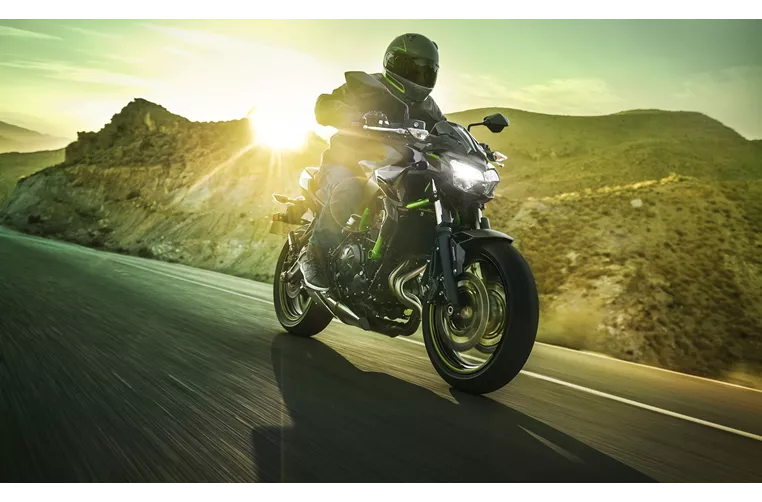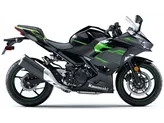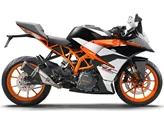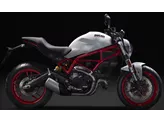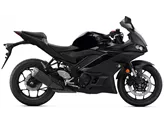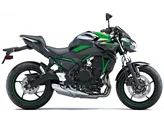Kawasaki Z650 2023 vs. Kawasaki Ninja 400 2018
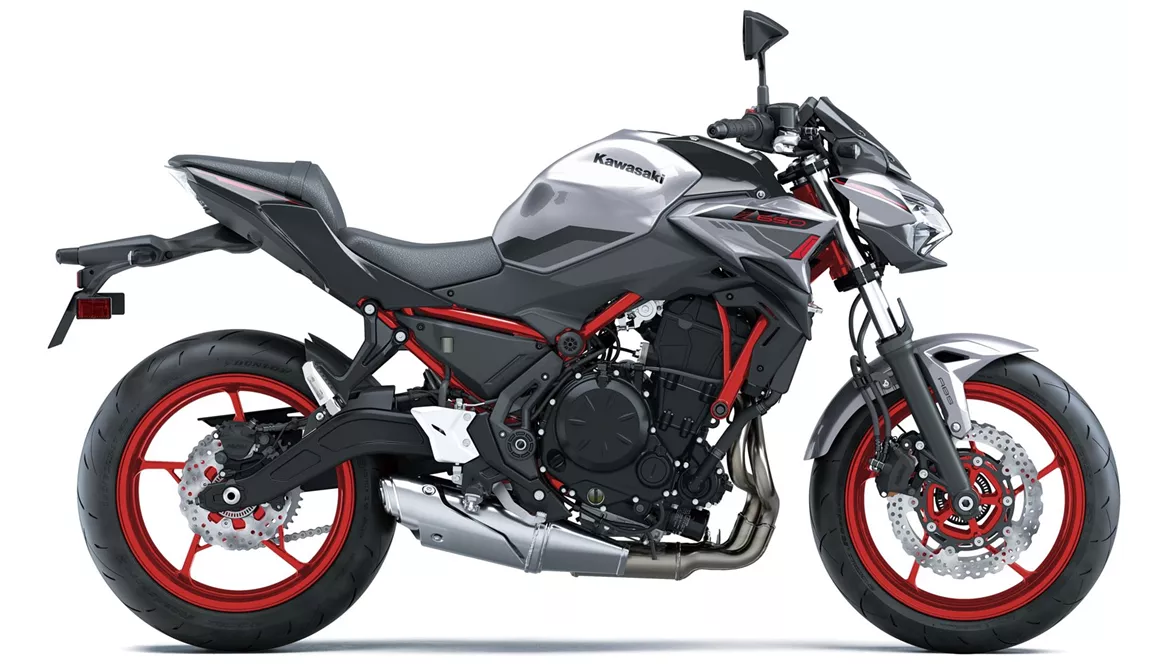
Kawasaki Z650 2023

Kawasaki Ninja 400 2018
Overview - Kawasaki Z650 2023 vs Kawasaki Ninja 400 2018
The Kawasaki Z650 2023 and the Kawasaki Ninja 400 2018 are both popular models from Kawasaki, but they have some key differences in terms of technical specifications and strengths and weaknesses.
Starting with the technical specifications, the Kawasaki Z650 2023 is equipped with a 649cc in-line engine that produces 68 horsepower and 65.7 Nm of torque. It has a compression ratio of 10.8 and a fuel system with injection. The bike features a telescopic fork front suspension with a diameter of 41mm and a swing arm rear suspension with a monoshock absorber. The front brakes are double disk with a diameter of 300mm, while the rear brakes are a single disk. The Z650 has advanced rider assistance systems such as ABS and traction control. It has a wheelbase of 1410mm and a seat height of 790mm. The bike weighs 187.1kg with ABS and has a fuel tank capacity of 15 liters.
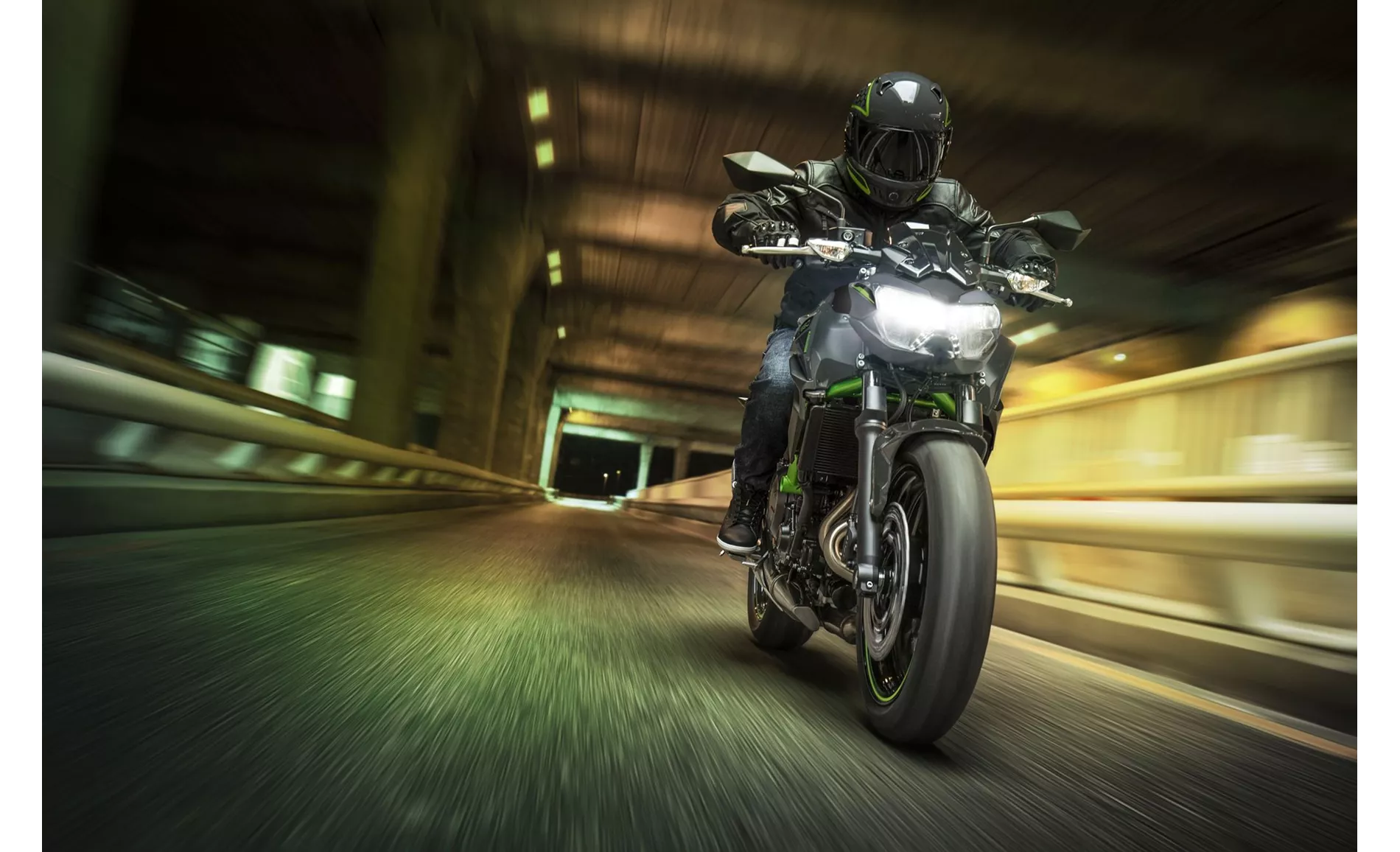
Kawasaki Z650 2023
On the other hand, the Kawasaki Ninja 400 2018 is powered by a 399cc in-line engine that delivers 45 horsepower and 38 Nm of torque. It has a compression ratio of 11.5 and a fuel system with injection. The bike also features a telescopic fork front suspension with a diameter of 41mm and a swing arm rear suspension with a monoshock absorber. The front brakes are a single disk with a diameter of 310mm. The Ninja 400 has ABS as an advanced rider assistance system. It has a wheelbase of 1370mm and a seat height of 785mm. The bike weighs 168kg with ABS and has a fuel tank capacity of 14 liters.
In terms of strengths, the Kawasaki Z650 2023 is praised for its very accessible handling and compact size, making it easy to maneuver. It gives small riders a lot of confidence and has adjustable levers. On the other hand, the Kawasaki Ninja 400 2018 is commended for its chassis suitable for sporty use, low weight, and effortless handling. It has a smooth engine response and a relaxed and confidence-enhancing seating position. Additionally, it features LED headlights, which provide better visibility.

Kawasaki Ninja 400 2018
However, both models have their weaknesses. The Kawasaki Z650 2023 does not provide enough space for tall riders and has a defensive seating position. The bike also appears smaller than its 650cc engine would suggest, and the handlebars are too narrow and cranked for a naked bike. On the other hand, the Kawasaki Ninja 400 2018 has non-adjustable brake and clutch levers, which may not suit all riders. Additionally, riders over 180cm tall may experience loud wind noise with the original windshield.
In conclusion, the Kawasaki Z650 2023 and the Kawasaki Ninja 400 2018 have their own unique features and strengths. The Z650 offers accessible handling and a compact size, while the Ninja 400 provides a sporty chassis and effortless handling. Both models have their weaknesses, such as limited space for tall riders and non-adjustable levers. Ultimately, the choice between the two will depend on the rider's preferences and priorities.
Technical Specifications Kawasaki Z650 2023 compared to Kawasaki Ninja 400 2018
Pros and Cons in comparison
Pros and Cons in comparison
Kawasaki Z650 2023
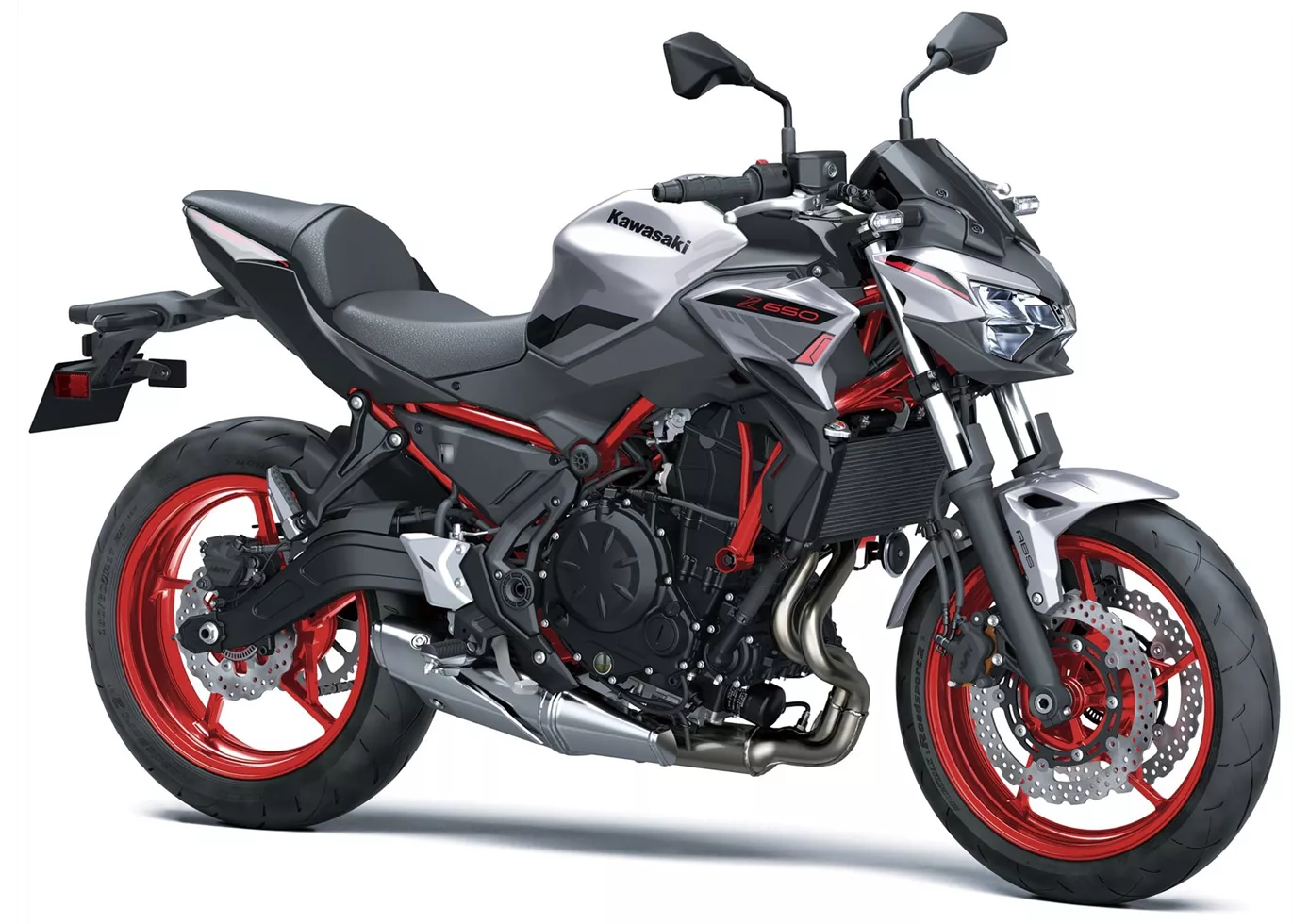
The Kawasaki Z 650 is probably the most docile motorbike in the naked bike segment. And that is to be understood in an absolutely positive way - as long as you are not particularly tall and heavy. It is slim, light, agile and accessible. All the controls, but also the engine, do not overwhelm. If you are looking for spectacular performance, you should go for the Z 900, but if you are looking for a nimble and easy-to-ride motorbike, you will be satisfied.
Kawasaki Ninja 400 2018

In summary, the Ninja 400 could be described as the perfect entry into the supersport world. You can't get more power with A2, the looks suggest much more power, the vehicle is playful to ride, is forgiving in every respect and still allows a really sporty riding style. Those who had legitimate concerns about the lack of power on the various 250 cubic machines now have no more excuses. Ninja 400, it's good to have you!
Price Comparison Avarage Market Price Kawasaki Z650 vs Kawasaki Ninja 400
There are a few key differences between a Kawasaki Z650 2023 and a Kawasaki Ninja 400 2018. In terms of price, the actual average price of a Kawasaki Z650 2023 is about 20% higher. Compared to Kawasaki Ninja 400 2018 there are more Kawasaki Z650 2023 bikes available on the 1000PS.de Marketplace, specifically 243 compared to 10. It takes less time to sell a Kawasaki Ninja 400 with 105 days compared to 146 days for the Kawasaki Z650. Since model year 2017 1000PS.de editors have written 31 reviews for the Kawasaki Z650 and 9 reviews for the Kawasaki Ninja 400 since model year 2018. The first review for the Kawasaki Z650 was published on 11/8/2016 and now has more than 25,000 views. This compares to more than 44,300 views for the first review on Kawasaki Ninja 400 published on 11/22/2017.
